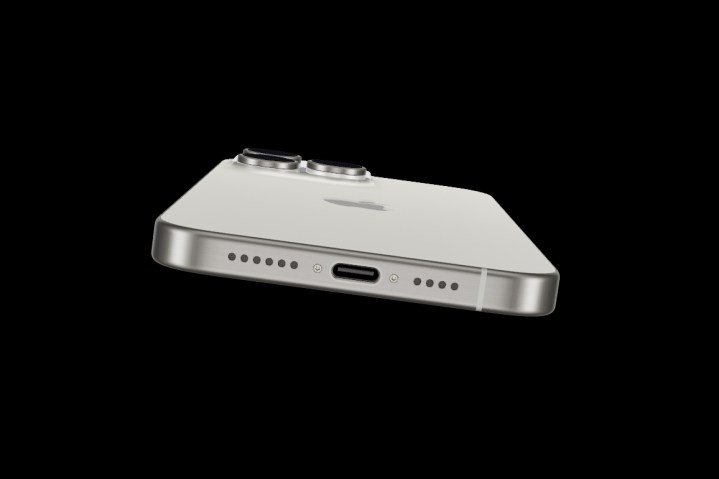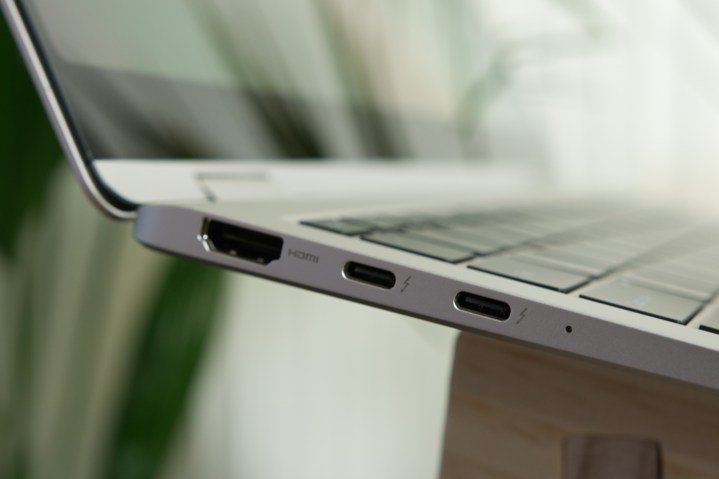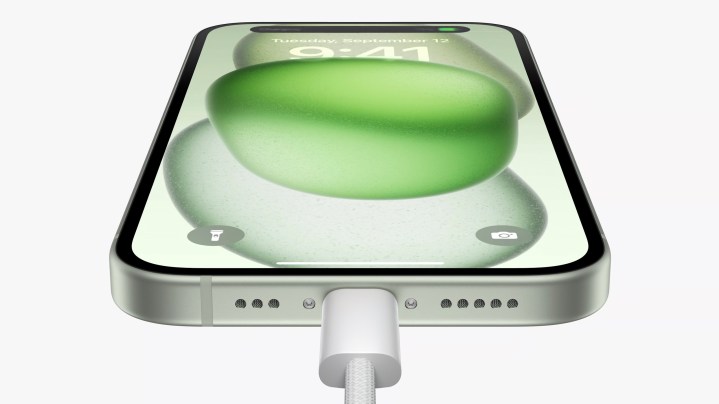
There’s one question that strikes fear into the heart of any Android user: “Do you have a phone charger?” Or, at the very least, it makes me mildly annoyed in a world dominated by iPhones.
I’ve been an Android user since I first picked up a smartphone, and every time I’m around friends or family, someone will ask for a charger without fail. I’ve even picked up a couple of Lightning cables to keep around whenever someone needs to top off. Now, I’m ecstatic that the days of digging through a pile of misfit cables are finally behind me.
Universal for years

I’m a techie, but most of my focus is around computers that sit on your desk, not ones that fit in your pocket. Even so, I’ve amassed a huge collection of USB-C cables that cover nearly every corner of my home. There are power bricks to charge my Razer Blade 14 and Steam Deck. There are dangling cables near my desk and bedroom for my Jabra Elite 7 Pro earbuds. I have two in my living room for charging controllers and another three plugged into my Eero 6+ Mesh Wi-Fi gateways. And, of course, I have a dozen or more either plugged in or lying around for charging my Samsung Galaxy S22 Plus.
When Apple announced at its September 2023 event that the iPhone 15 would switch from Lighting to USB-C, it called attention to the fact that USB-C is now a universal standard. But Apple missed the memo. It’s been a universal standard for years. Even if you own none of the devices (or alternatives) I listed above, I guarantee you have more electronics in your life with a USB-C port than any other connection. It’s on everything, from laptops and 2-in-1s to e-book readers and tablets, as well as earbuds, external GPUs, and even Wi-Fi systems. I haven’t even touched on USB-C hubs or USB-C monitors, either.

The only outlier, up to this point, has been the iPhone.
Thankfully, those days are behind us. Even as an Android user, I’m excited to throw any old USB-C cable at friends or family when they need to charge their phone, rather than tracking down a Lightning cable or (more commonly) telling them they’re out of luck.
Now, I doubt a USB-C connection helps the iPhone in any concrete way. Sure, you’ll get faster data transfer speeds (for the iPhone 15 Pro and iPhone 15 Pro Max, specifically), but it probably won’t change the experience of using an iPhone much at all. What it will do is make the device much more convenient. I’m excited about it as someone who never touches iPhones; I can only imagine what Apple fans must be thinking.
The pros outweigh the cons

There are some concerns with the change, though. Our mobile expert Andy Boxall says that USB-C on iPhone could morph into a confusing web of connection standards, regulations, and cables, and he spends more time mulling over phones in a week than I probably have in my entire life.
I’m coming from a casual perspective here; someone who — like the majority of iPhone users — cares that something works more than all of the details of it. There’s probably a lot to consider with USB-C on iPhone given Apple’s ecosystem of accessories and the fees it gobbles up as a result. But for someone who has multiple devices and just needs a little more power, USB-C on the iPhone is a huge boost.
And that’s coming from someone who doesn’t even use the damn thing.



